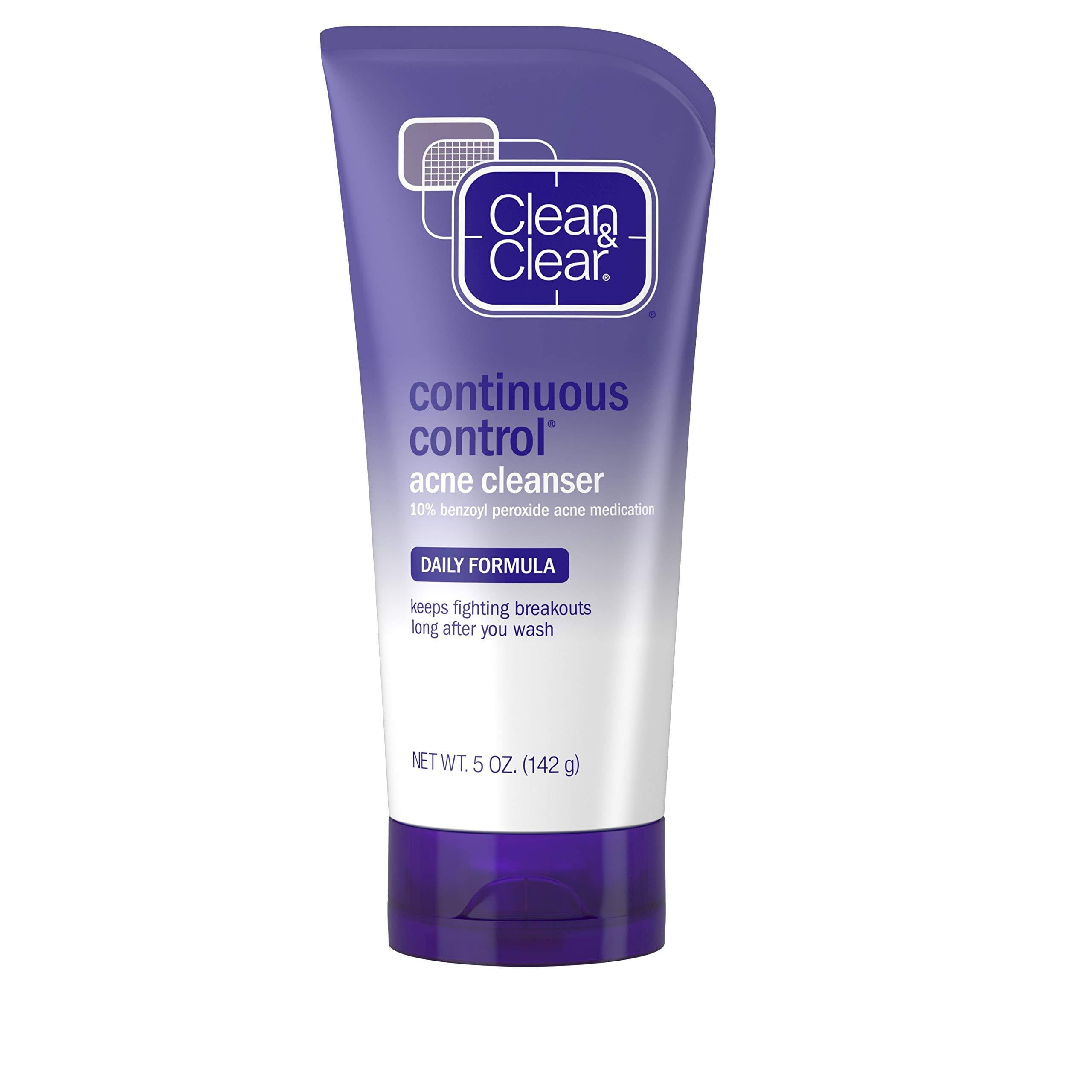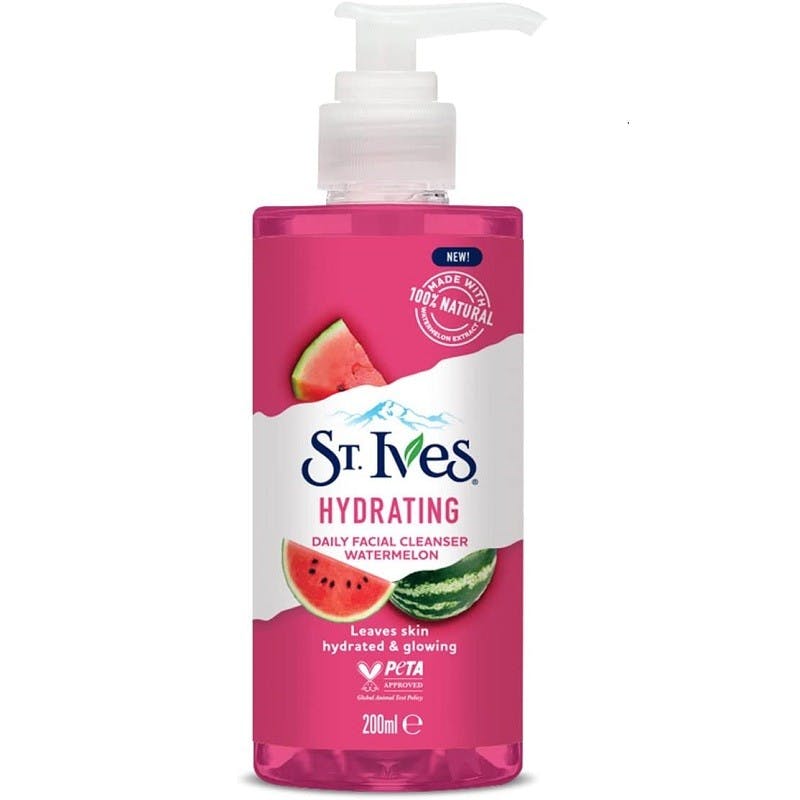The Importance of Cleansing Your Face Daily
Cleansing your face is a key step in maintaining healthy skin. Every day, our skin is exposed to pollutants, dirt, and other impurities that can clog pores and lead to acne, dullness, and other skin issues. A daily facial cleanser helps to remove these impurities, preventing the buildup of bacteria and promoting a clear, glowing complexion.
Using a daily cleanser also helps to prepare your skin for other skincare products, such as toners, serums, and moisturizers. By clearing away the debris, your skin can better absorb the beneficial ingredients from these products. Furthermore, regular cleansing can help in preserving the skin’s hydration levels, ensuring that it remains balanced and less prone to excess oil production or dryness.
It’s not just about removing the bad, but also about providing a fresh foundation for your skin each day. This process of renewing your skin’s surface daily can help to fight against signs of aging and maintain overall skin health. Remember, choosing the right daily facial cleanser for your skin type is crucial to reap these benefits effectively.

Understanding Skin Types and Cleanser Formulas
Not all skin is the same, and therefore, not all cleansers will suit everyone. Understanding your skin type is the first step toward choosing the right daily facial cleanser. Generally, skin types are categorized as oily, dry, combination, or sensitive. Each type has specific needs that certain cleanser formulas can meet more effectively.
Oily skin often requires a cleanser that can control excess sebum production without stripping the skin of its natural oils. Gel or foam cleansers are typically recommended for this skin type because they tend to be more lightweight and help in reducing shine.
Dry skin needs a hydrating cleanser that adds moisture back into the skin while cleansing. Cream-based or lotion cleansers with ingredients like hyaluronic acid or glycerin are better for dry skin as they help to maintain its delicate moisture barrier.
Combination skin can be tricky as it entails managing both oily and dry areas. A balanced cleanser that does not overly dry the cheeks or overly hydrate the T-zone is ideal. Look for gentle, hypoallergenic formulas that can cleanse effectively without causing irritation.
Sensitive skin requires special attention as it is prone to redness and irritation. Mild, soap-free cleansers with soothing ingredients such as aloe vera or chamomile are advisable to prevent any adverse reactions.
Knowing your skin type and matching it with the correct cleanser formula is vital to maintain healthy skin and achieve that radiant glow. When selecting a daily facial cleanser, always consider these factors to ensure you give your skin the care it deserves.
Common Misconceptions About Daily Cleansing
Many people harbor myths about the use of a daily facial cleanser. Let’s debunk some common misconceptions. Some believe that cleansing multiple times a day can ensure cleaner skin. This is incorrect. Over-cleansing can strip the skin of its natural oils, leading to dryness or increased oil production to compensate.
Another myth is that only those with oily or acne-prone skin need to cleanse daily. In truth, all skin types benefit from daily cleansing. It helps to remove impurities and set a clean base for other skincare products.
It’s also commonly thought that a stronger cleanser means better results. This could not be further from the truth. Strong cleansers can irritate and harm the skin. A gentle, skin-type-appropriate cleanser is often more effective and safer for daily use.
Lastly, some people assume that splashing water on their face is as good as using a cleanser. Water alone does not remove all the dirt, oil, and makeup that accumulates on the skin. A proper daily facial cleanser is necessary for thorough cleansing.
By understanding and moving past these myths, you can adopt a cleansing routine that truly benefits your skin. Remember to choose a cleanser designed for your skin type and use it once or twice daily for the best results.
The Truth About Soap-Based vs. Soap-Free Cleansers
When choosing a daily facial cleanser, you might come across the terms ‘soap-based’ and ‘soap-free.’ Each has distinct features suited to different skin types.
Soap-based cleansers contain ingredients that foam up to remove dirt, oil, and makeup from the skin. They are effective but can sometimes be harsh, especially on sensitive or dry skin. This can strip away natural oils, leaving skin feeling tight and dry.
On the other hand, soap-free cleansers use mild ingredients that cleanse without the foam. They offer a gentler option. Suitable for all skin types, they are particularly beneficial for those with dry or sensitive skin. These cleansers maintain the skin’s moisture balance, preventing it from getting too dry.
It’s essential to know that not all soaps are bad for your skin. Some soap-based cleansers have added moisturizers and are designed to be gentle. However, if your skin tends to be on the sensitive side, soap-free might be the way to go.
To sum it up, soap-based cleansers are great at deep cleaning. Yet, they might be too strong for those with sensitive or dry skin. Soap-free cleansers are milder and better for keeping skin hydrated. Always look at your skin type when deciding between these two options.
How to Choose the Right Daily Cleanser
Selecting the right daily facial cleanser isn’t just about the brand or price. It involves understanding your skin’s unique needs and meeting them with a cleanser that complements. Using the wrong cleanser can do more damage than good, causing irritation, dryness, or an increase in oil production. Here’s a quick guide to help you choose the right cleanser for daily use:
- Identify your skin type: As previously discussed, know whether your skin is oily, dry, combination, or sensitive.
- Look for key ingredients: For oily skin, search for terms like ‘non-comedogenic’ or ingredients like salicylic acid. Dry skin will benefit from hydrating ingredients like glycerin or hyaluronic acid.
- Choose consistency wisely: Gels and foams are good for oily and combination skin, while creams and lotions suit dry or sensitive types.
- Patch test: Before fully adopting a new cleanser, do a patch test to avoid potential allergic reactions or irritation.
- Consider the formulation: Opt for soap-free if your skin is sensitive or prone to dryness. If your skin can tolerate soap-based cleansers, look for ones with added moisturizers.
- Think about pH levels: Your skin’s natural pH is around 5.5. A cleanser with a similar pH is generally less disruptive to your skin’s natural barrier.
- Read the label: Avoid cleansers with high concentrations of alcohol or fragrances, as they can be drying or irritating.
Remember, the frequency and method of cleansing are just as important as the cleanser itself. Use your daily facial cleanser once or twice a day, and apply it using gentle, circular motions. Rinse with lukewarm water, and pat your skin dry with a soft towel. By following these steps, you’ll help ensure that your cleansing routine supports your skin’s health and radiance.

Cleansing Techniques and Best Practices
To maximize the benefits of your daily facial cleanser, adopting the right techniques and best practices is key. Here are some steps to ensure you’re doing just that:
- Wet your face first: Always begin by splashing lukewarm water on your face. This preps your skin for cleansing.
- Use the right amount: A pea-sized dollop of cleanser is usually sufficient. Overusing product won’t clean better and may waste it.
- Gentle application: Apply the cleanser in circular motions using your fingertips. This prevents pulling or unnecessary stress on the skin.
- Take your time: Spend at least one minute gently massaging the cleanser onto your face to ensure thorough cleansing.
- Rinse thoroughly: Remove the cleanser with lukewarm water. Make sure to clear all product to avoid any residue.
- Pat dry: Use a clean, soft towel to pat your face dry. Rubbing can irritate the skin.
- Follow up: After cleansing, follow with the rest of your skincare routine. This often includes toner, serum, and moisturizer.
It’s important to note that morning and night routines may differ slightly. In the morning, cleansing can help remove any oils from the night. In the evening, it’s crucial to remove makeup and the day’s build-up. Remember to handle your skin gently and avoid harsh scrubbing or hot water, which can damage the skin barrier and lead to irritation or dryness. Choosing the right tools can also enhance your cleansing routine. Soft cleansing brushes or sponges can provide extra help to remove dead skin cells without causing harm. However, always ensure they are clean to avoid introducing bacteria to your face.
By incorporating these techniques and best practices into your daily routine, you will support your skin’s health and natural glow. Each step is designed to ensure that your daily facial cleanser works effectively without compromising your skin’s natural balance.

The Role of pH in Facial Cleansers
When selecting a daily facial cleanser, pH levels play a crucial role. Skin has a natural pH around 5.5. This slight acidity helps to ward off harmful bacteria and maintain skin health. A cleanser matching this natural pH will likely preserve skin balance. Products with a significantly higher or lower pH may disrupt the skin’s natural barrier. Disruption can lead to dryness, irritation, or increased oiliness.
A cleanser’s pH affects how it interacts with your skin. High pH cleansers can strip away oils, which might result in tightness or dryness. On the other hand, low pH products are closer to skin’s natural state and can be gentler. Therefore, for a balanced and gentle cleansing, aim for products with a pH similar to that of your skin.
Here are some pointers to keep in mind about pH and cleansing:
- Slight acidity is protective: Your skin’s natural acidity is beneficial, so try to use a cleanser that maintains it.
- Reading labels helps: Look for pH information on labels or product descriptions.
- Sensitive skin needs attention: If you have sensitive skin, a pH-balanced cleanser is especially important.
- Test before changing: When switching to a new cleanser, monitor your skin’s reaction over a few days.
By understanding the importance of pH in your daily facial cleanser, you can make a more informed decision. This understanding can help keep your skin healthy and happy.

Addressing the Myth of ‘Over-Cleansing’
While understanding the importance of using a daily facial cleanser, it’s essential to address the myth of ‘over-cleansing.’ Over-cleansing refers to the excessive washing of the face, which can disrupt the skin’s natural balance, leading to negative effects rather than the intended cleanliness. This myth deserves attention due to its potential to cause harm. Here are key points to keep in mind when considering your cleansing routine:
- Skin’s Natural Oils: Your skin produces oils that protect and hydrate. Over-cleansing can remove these beneficial oils.
- Irritation and Dryness: Washing too often can lead to irritated and dry skin, which might prompt more oil production as a defense mechanism.
- Cleanser Choice Matters: A harsh cleanser can strip the skin. Choose gentle, pH-balanced options appropriate for your skin type.
- Follow a Routine: Stick to cleansing twice daily, unless instructed otherwise by a skincare professional.
- Listen to Your Skin: If your skin feels tight, red, or irritated after cleansing, consider if you might be overdoing it.
- Balance is Key: It’s not about cleansing less, but rather cleansing right. Using the correct technique and product is crucial.
In conclusion, while daily cleansing is a vital part of skincare, it’s critical not to overdo it. Over-cleansing can have the opposite effect of what is desired, causing skin issues rather than preventing them. Remember, moderation and using the right daily facial cleanser tailored to your skin’s needs will keep your skin looking and feeling its best.



